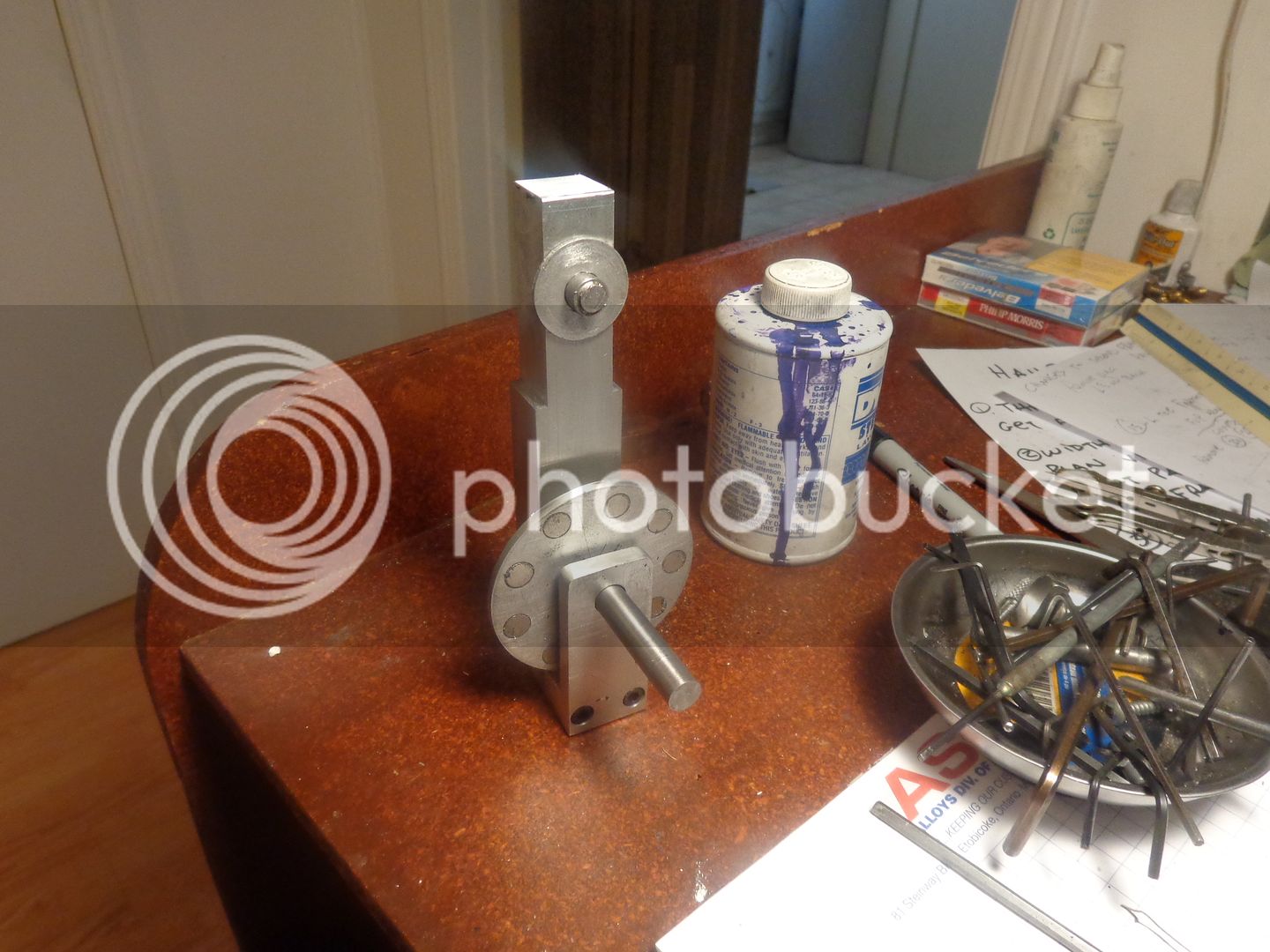Gus,
The sensor with those units does have a fairly large surface area on the face, it is about 10mm diameter, so not tiny, but you could just stick a small neo magnet onto the flywheel and bring the sensor into fairly close contact and it will read the RPM.
That is why they are such a boon for machinery, very robust and on machines there is usually not a problem mounting the sensor somewhere.
BTW, the leads should have the correct plugs on the end so that it all just plugs together, and I used a cheapo voltage switchable wall wart to give me the input voltage. Just mount the bits into a small plastic case with the sensor nose sticking out of it and you will have a portable (almost) unit.
BTW, the only reason I am fitting one to my geared head lathe (with fixed speed ranges) is that soon I will be fitting a variable drive to it, and I will need to know what the speed of the spindle is.
Hope this helps
John


























![DreamPlan Home Design and Landscaping Software Free for Windows [PC Download]](https://m.media-amazon.com/images/I/51kvZH2dVLL._SL500_.jpg)



































